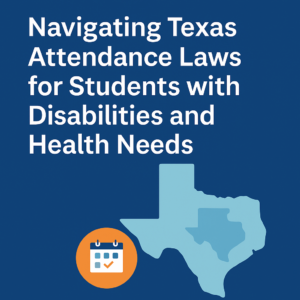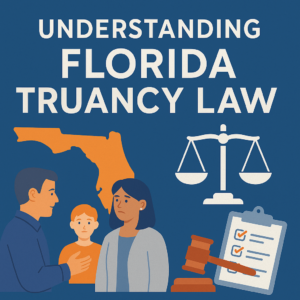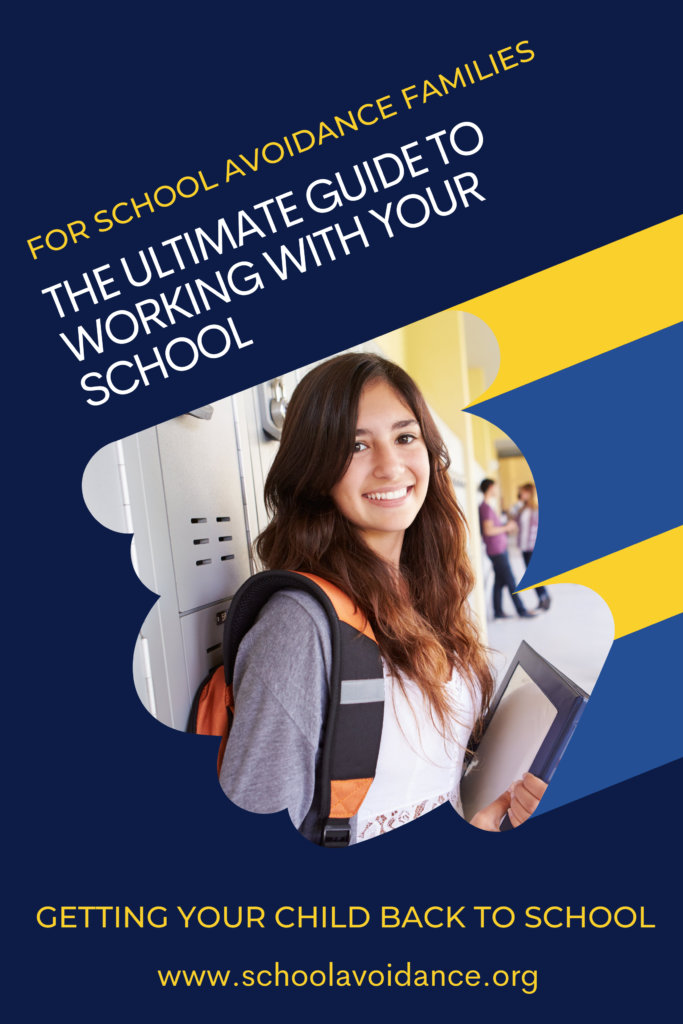When I was navigating the intense and emotional challenge of my son’s school refusal, I often felt completely alone. I wished I had access to other parents going through the same thing—to talk about what was working, what wasn’t, and to simply feel understood by someone facing the same daily battles.
School refusal (also known as school avoidance or school-based anxiety) is a complex issue affecting more and more families. Unfortunately, there is no one-size-fits-all solution. There’s limited research, inconsistent school support, and far too many families left to figure it out on their own.
That’s why sharing real experiences is crucial. I want to offer what I once needed: honest insights from a parent who’s been there. I also want to highlight another powerful voice—a UK-based parent from The Learning Curve PDA blog—whose writing helped validate and guide my own journey. Her “Do’s and Don’ts” of supporting a child with school-based anxiety are particularly relevant, and I’ve added my own commentary based on personal experience.
Reframing School Refusal as Anxiety, Not Defiance
Let’s start with one of the most important ideas: school refusal is usually not about defiance—it’s about anxiety.
Whether it’s labeled as school avoidance, refusal, or resistance, the core issue is typically emotional distress. Many kids experience panic, dread, or even phobia-level fear about going to school. Understanding this reframes everything—from how schools respond, to how we as parents support them.
The Learning Curve PDA blogger shares her childhood story of being terrified of deep water. When a teacher forced her to jump off a diving board, it turned a manageable fear into a full-blown phobia. For our kids, school can feel just like that deep end—yet they’re expected to jump in every day with no changes in environment or support.
I saw this firsthand. My son, who struggled with school refusal for over a year, wasn’t being difficult—he was scared. The more pressure we put on him to just “go to school,” the worse things became.
What Not to Do: School Refusal Don’ts
Let’s start with the common mistakes we all make—often under pressure from schools, therapists, or even our own fear. Here’s what not to do when supporting a child with school avoidance:
1. Don’t ignore or minimize early signs of school anxiety.
If your child suddenly dreads mornings, complains of stomach aches, or begins missing school, pay attention immediately. Early intervention is key.
2. Don’t force your child to attend school.
Dragging your child to school can cause trauma and worsen the anxiety. Trust your gut. No child should be physically forced into a situation that causes intense fear.
3. Don’t rely on rewards or punishments.
Many therapists suggest reward systems or consequences, but in my experience (and others’), these behavior-based strategies don’t work for anxiety-based refusal. They can even make things worse by increasing pressure and shame.
4. Don’t transfer pressure from school onto your child.
We all want our kids back in school, but constant pressure creates frustration, yelling, and emotional strain that damages trust between parent and child.
5. Don’t expect change unless the causes of anxiety are addressed.
Root causes may include bullying, sensory overload, learning challenges, or social anxiety. These aren’t fixed with time alone—support must be targeted and compassionate.
6. Don’t accept “they’re fine at school” if your child says otherwise.
Your child’s behavior at home may show what’s truly going on. Believe them, even if the school paints a different picture.
7. Don’t be afraid to escalate concerns.
If school staff aren’t listening, go to higher-level administrators or special education teams. I lost a year waiting on a school counselor who couldn’t help. Learn the chain of command and advocate fiercely.
What To Do: School Refusal Strategies That Help
Supporting a child through school avoidance takes patience, strategy, and empathy. Here are actionable steps that can make a difference:
1. Speak to the school early.
Bring up concerns as soon as they start. Don’t wait until absences pile up.
2. Identify triggers with your child and the school.
Ask open-ended questions and observe patterns. Triggers may include noisy classrooms, fear of peers, learning difficulties, or teacher conflict.
3. Create calm morning routines.
Eliminate chaos and keep mornings as peaceful as possible. Consistency helps reduce anxiety.
4. Use a daily communication journal.
Track behavior, supports, and incidents. This documentation is essential if legal or educational advocacy becomes necessary.
5. Get professional support for anxiety documentation.
In the U.S., a psychiatrist or psychologist can provide necessary documentation for accommodations and attendance issues. In the UK, a GP note can be equally important.
6. Stay in contact with the school.
Regular communication (even weekly check-ins) keeps you informed and builds accountability.
7. Follow up verbal conversations with email.
Email is your best record. After phone calls, document who you spoke with, when, and what was discussed.
8. Request changes to reduce school-related anxiety.
Ask what steps the school is taking to support your child. This may include seating changes, sensory accommodations, or flexibility with transitions.
9. Ensure strong, trusted relationships at school.
A connection with a kind, empathetic teacher, aide, or staff member can help your child feel safer.
10. Modify routines if needed.
If mornings aren’t working, try different arrival times or support transitions. Be flexible.
11. Check for sensory triggers.
Uniforms, noise, lighting, and crowds can all overwhelm children with sensory sensitivities.
12. Designate a safe space and person at school.
Your child should know where to go and who to talk to when overwhelmed.
13. Get creative with solutions.
Online classes, part-time schedules, or alternative programs might be necessary—and that’s okay.
14. Acknowledge how hard it is for your child.
Validate their effort. A simple “I know this is hard, and I’m proud of you” goes a long way.
School-Based Strategies That Support School Avoidance
Whether you’re advocating as a parent or working in a school setting, these practical strategies can create a more supportive environment.
Ensure all special education plans (IEPs, 504s, EHCPs) are up-to-date and implemented consistently.
Use existing trusted relationships to ease transitions.
Allow a peer buddy or staff member to meet the child outside the building.
Investigate and eliminate any bullying—by students or staff.
Modify seating and environment to make your child feel safer.
Use the child’s interests to build rapport with teachers or aides.
Give your child an escape route—like a break card or seat near the door.
Ensure staff consistency and training around the child’s needs.
Offer small leadership roles to increase confidence.
Let your child set the pace. Don’t push more just because they did one thing today.
Downplay returns to avoid overwhelm—avoid class announcements or praise that draws attention.
Relax uniform policies for sensory-sensitive children.
Don’t call out or shame late arrivals—they made it in, and that’s what matters.
Final Thoughts on School Refusal and Parental Support
School refusal is a message—not a misbehavior. It signals that something isn’t right in the school experience for your child. Whether it’s anxiety, sensory overwhelm, a learning difference, or an unmet need, your job isn’t to “force attendance”—it’s to create the safety and trust they need to return.
To other parents dealing with school refusal: you are not alone. Your child’s experience is real. Your persistence matters. There is hope, even if progress is slow.
Together, we can shift the narrative around school avoidance—from one of punishment and shame, to one of understanding, compassion, and effective support.
If you found this article helpful, share it with another parent or educator who may be struggling. Let’s keep the conversation going.
Inspired by and shared with permission from The Learning Curve PDA






